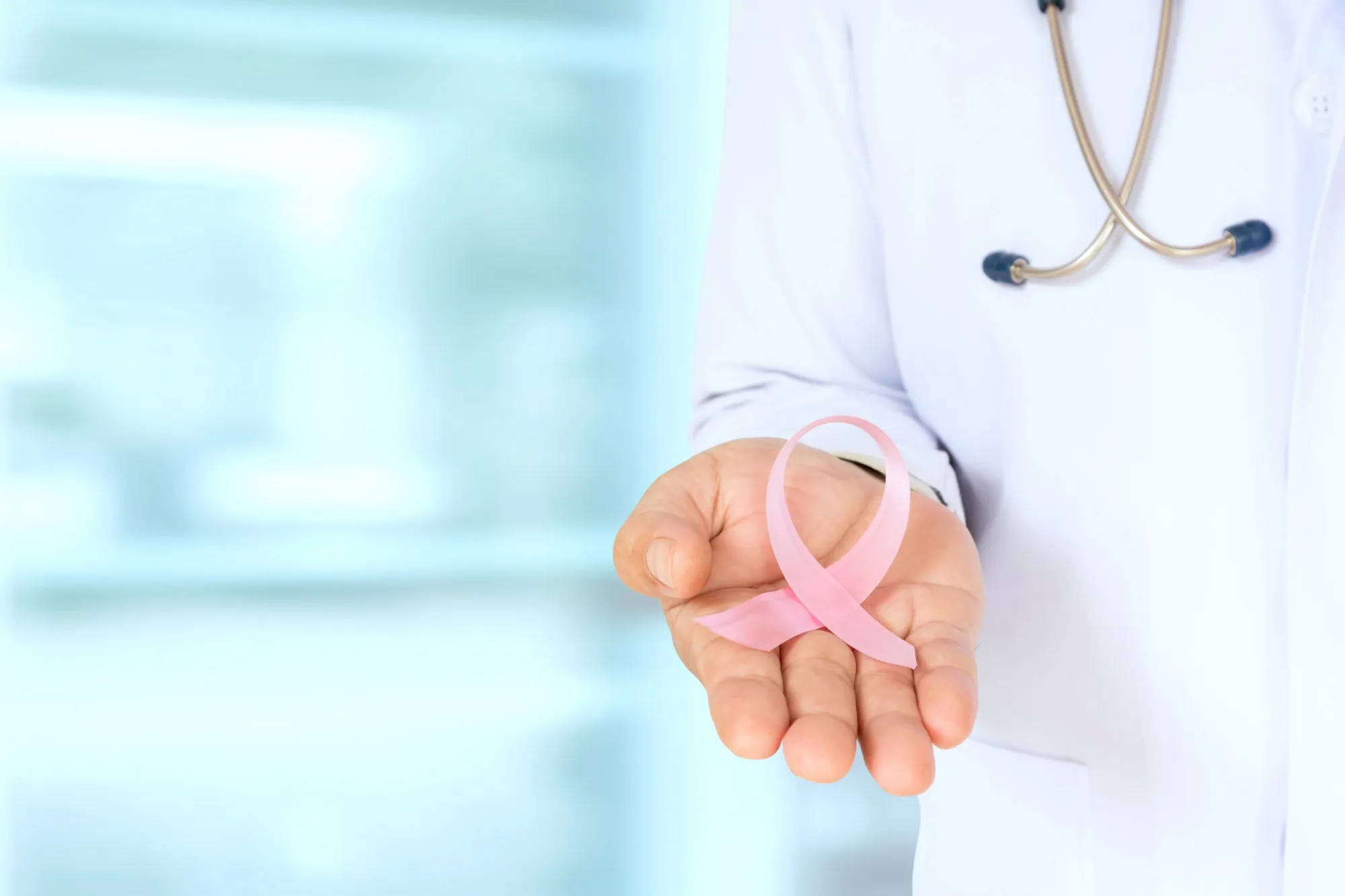In a landmark study published in the “Journal for Immunotherapy of Cancer,” researchers have revealed a significant development in the treatment of genital tumors caused by high-risk human papillomavirus (HPV) type 16. This study adds to the hopeful narrative of efficiently combating HPV-associated cancers, which have been a major public health concern due to their link with the expression of the E6/E7 HPV oncogenes responsible for the development of genital and oral cancers.
The research carried out by Sonia S Domingos-Pereira, Gabriele Galliverti, Douglas Hanahan, and Denise Nardelli-Haefliger, is a pioneering move on the journey to optimize cancer treatment (DOI: 10.1186/s40425-019-0593-1). The team sequentially explored the synergistic effects of a tri-therapy approach consisting of carboplatin/paclitaxel (C + P) chemotherapy, synthetic long peptide vaccination targeting HPV16-E7 (E7LP), and intravaginal immunostimulation with CpG, a synthetic toll-like-receptor-9 agonist, on the genital orthotopic HPV16 TC-1 model.
The study demonstrated that pre-treatment with systemic C + P chemotherapy, prior to vaccination with E7LP, noticeably enhanced the survival rate of the mice subjects. This survival advantage stemmed from a reduction in genital tumor growth at the time of vaccination and a decrease in the infiltration of tumor-favoring myeloid cells and tumor-associated macrophages within the local tumor microenvironment.
Remarkably, when researchers included intravaginal CpG to the E7LP vaccination—thereby forming a potent tri-therapy—they saw a significant increase in E7-specific CD8 T cells at the local site, ultimately intensifying the survivorship of the mice when compared to any of the dual treatments. This finding is crucial, as it highlights the potential of local immunostimulation in enhancing the efficacy of systemic therapeutic strategies.
Even more compelling were the results observed after refining the tri-therapy by employing an optimized nanoparticle-conjugated E7LP vaccine. With this advanced formulation, 90% of mice with large end-stage genital-TC-1 tumors showed survival benefits as opposed to 30% from the traditional E7LP ‘liquid’ vaccine—an impressive statistic revealing the power of combining innovative vaccine formulations with targeted local immunostimulation and chemotherapy.
The clinical relevance of these findings is underscored by the fact that C + P is a common treatment choice for patients with cervical cancer. The combination of this regime with HPV16-E7/E6 therapeutic vaccines is already undergoing Phase I/II trials (ClinicalTrials.gov Identifier: NCT02128126), suggesting a highly promising outlook for patients with HPV-associated cancers when these new vaccine formulations are fully integrated into standard-of-care therapies.
This research builds upon a foundation of previous studies that emphasize both the challenge HPV-post viral cancers represent and the remarkable potential that immunotherapeutic strategies hold in addressing them. Pioneers like Harald zur Hausen have laid the groundwork in understanding the molecular basis of the HPV-cancer relationship (DOI: 10.1038/nrc798), while dynamic research teams, such as those led by Sjoerd H. van der Burg, have identified the critical elements that must be overcome to effectively harness the immune system against established cancers (DOI: 10.1038/nrc.2016.16).
Moreover, the nanoparticle conjugation strategy’s efficacy was bolstered by Galliverti et al.’s prior work (DOI: 10.1158/2326-6066.CIR-18-0166), which indicated potentially beneficial applications for solid tumor treatment when dealing with elusive viruses like HPV. This approach ties well with Welters et al.’s findings that suggest vaccine responses can be notably fostered during myeloid cell depletion caused by chemotherapy (DOI: 10.1126/scitranslmed.aad8307).
The tri-therapy’s promise also resonates with the pioneering murine model developed by Decrausaz et al. (DOI: 10.1002/ijc.25561), which accurately simulated human papillomavirus-associated genital cancers and offered a reliable platform for the present study. The compelling evidence presented may guide future therapeutic strategies and improve our collective efforts in addressing the critical health issue posed by HPV.
For any readers interested in exploring the topic further, the full article can be accessed through its DOI, which is 10.1186/s40425-019-0593-1. This study not only signifies an advance in treatment possibilities for patients but also reinforces the role of thoughtful, multidisciplinary approaches to cancer therapy.
As research in the field progresses, it is anticipated that these findings will open doors to more effective, personalized treatment regimens for those suffering from HPV-associated malignancies, potentially revolutionizing outcomes and quality of life for affected individuals globally.
Keywords
1. HPV-associated cancer treatment
2. E7 vaccination HPV
3. Intravaginal CpG immunostimulation
4. Carboplatin/paclitaxel chemotherapy
5. Therapeutic HPV vaccines
